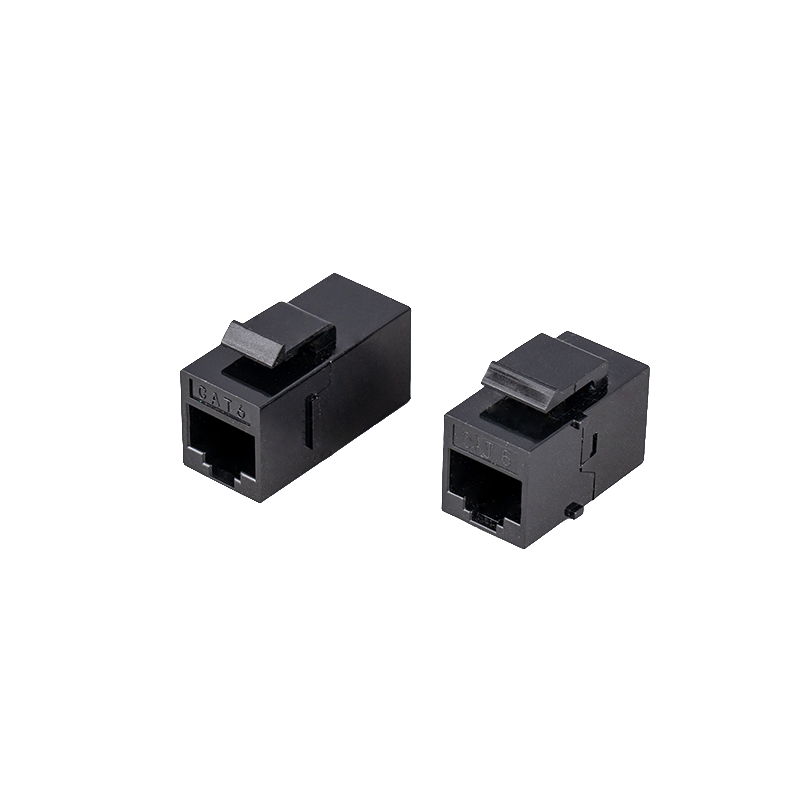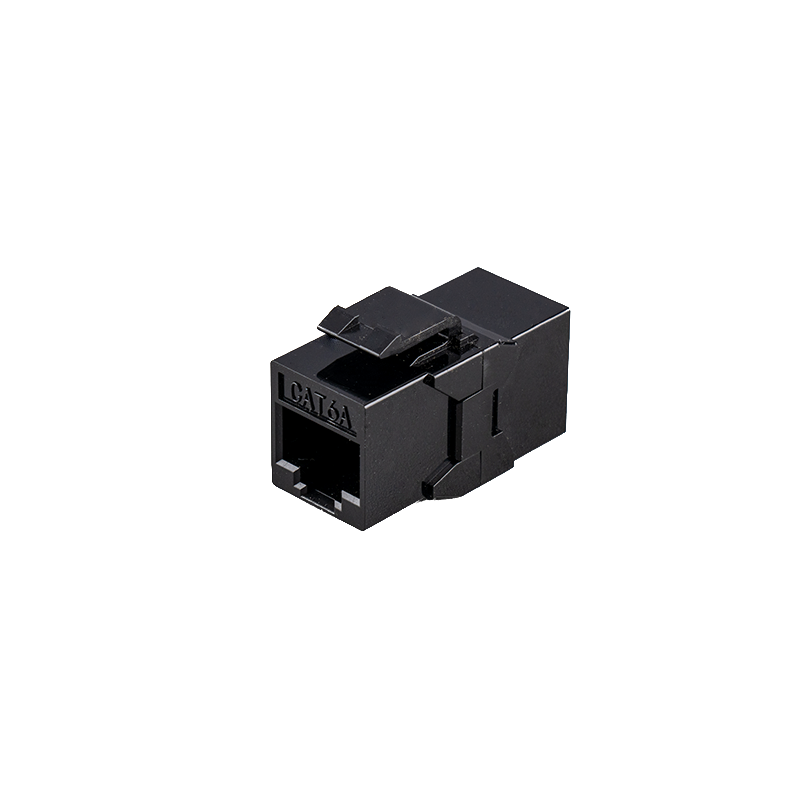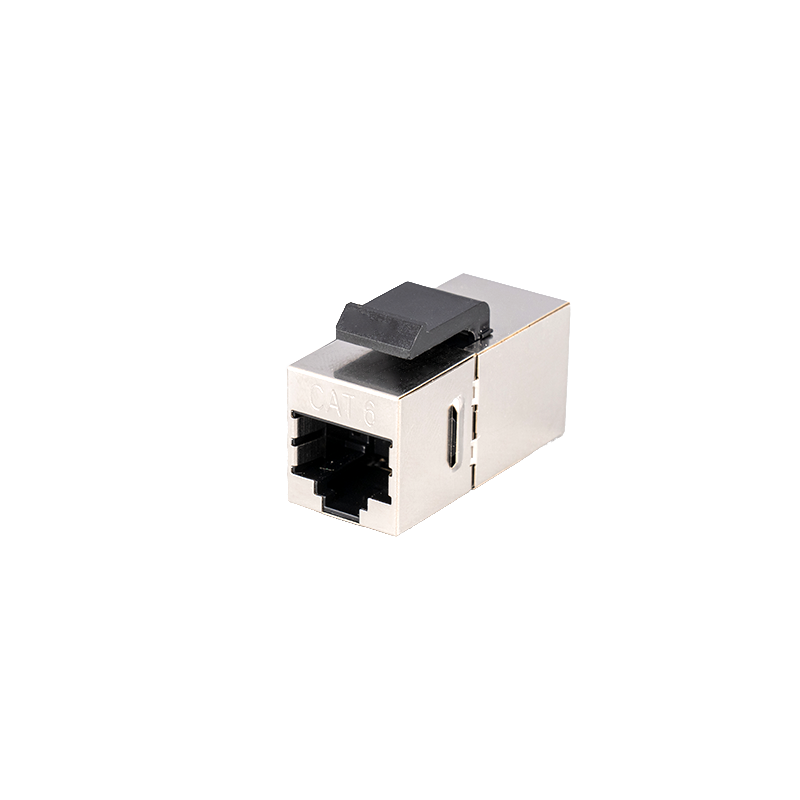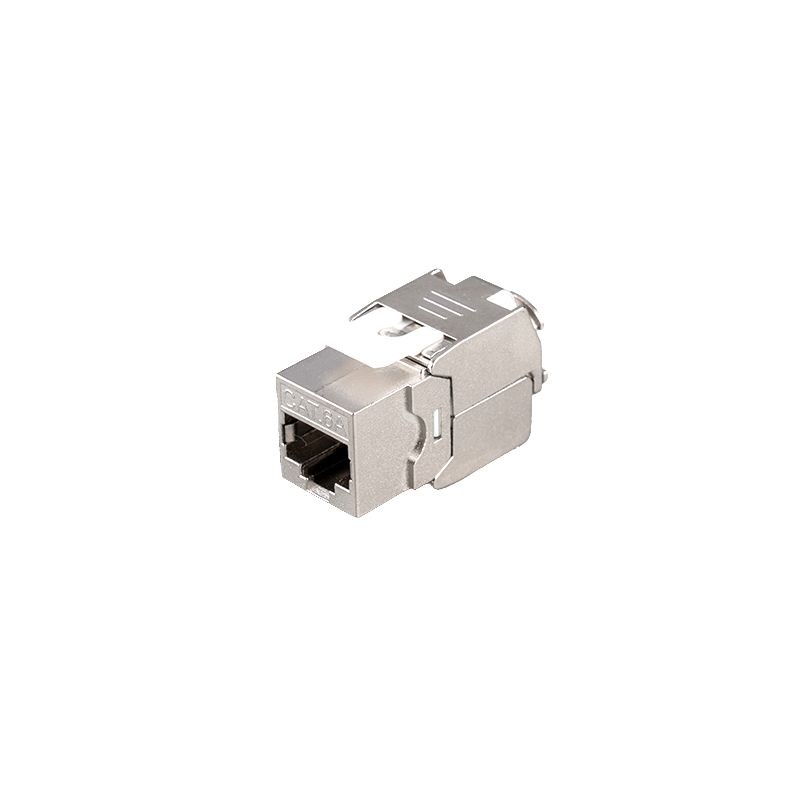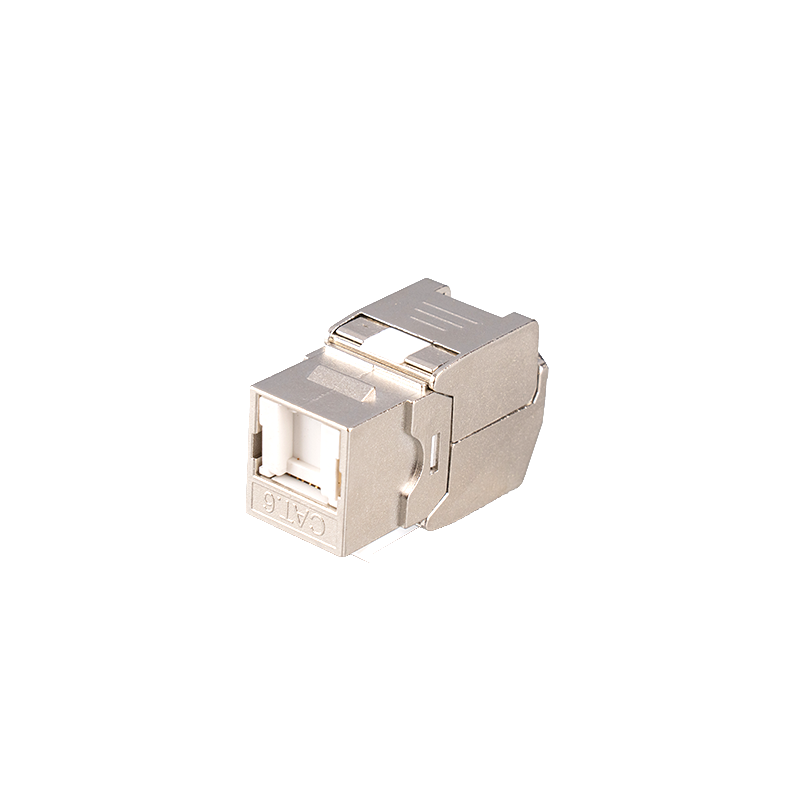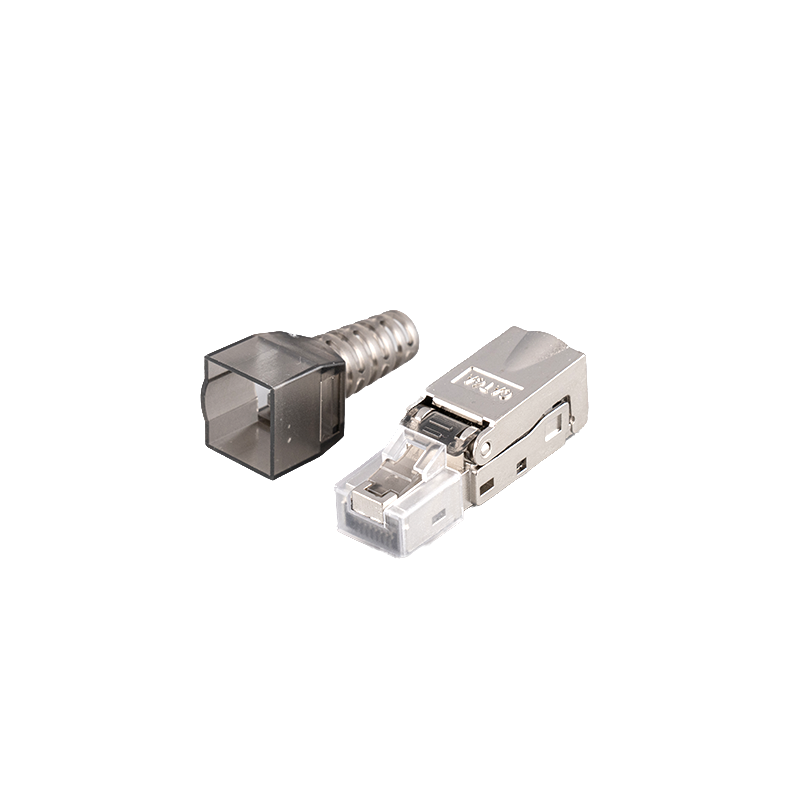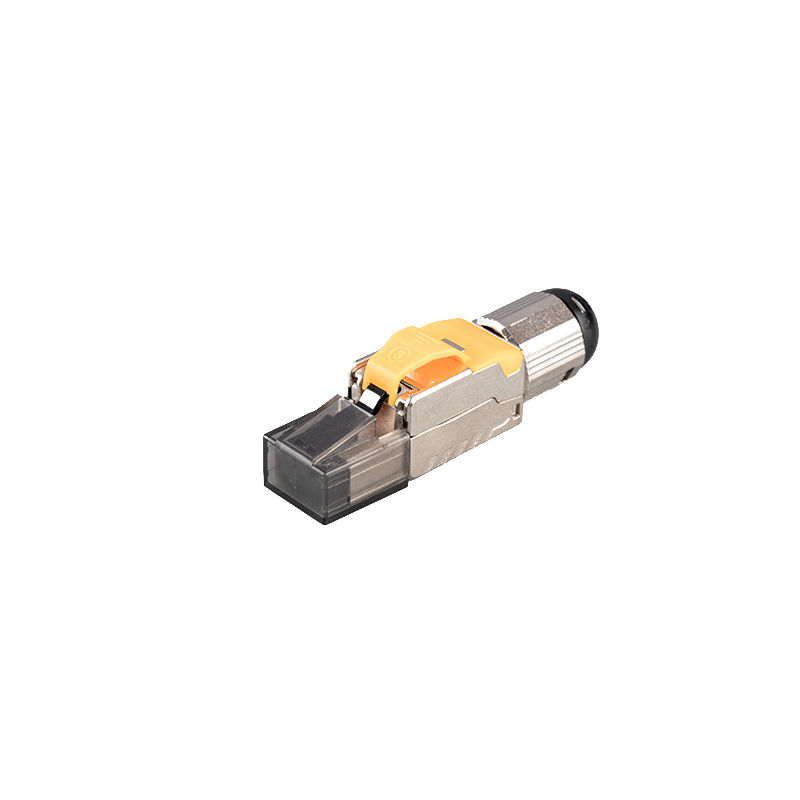
Does the patch panel need to be regularly tested for connectivity using a cable tester?
The patch panel must undergo regular connectivity testing using a cable tester. This is not an occasional operation, but a key link in maintaining the healthy and stable operation of network infrastructure. The following are the core reasons:
1. Proactively identify potential faults:
Cables are not permanently reliable. Over time, the cable itself may experience internal conductor breakage or insulation damage due to excessive bending, compression, aging, or external force damage (such as rodent bites or trampling).
Connectors (crystal heads, modules) may experience issues such as oxidation, looseness, poor contact, or fatigue failure of end contacts.
Regular testing can accurately locate these hidden dangers that are difficult to detect with the naked eye before they actually cause business interruption, avoiding small problems from escalating into major failures.
2. Verify installation quality and future changes:
Whether it is newly deployed patch panels, or later jumper adjustments, port additions, or device relocations, testing is required to confirm that the physical layer performance of all connections meets the standards.
Testing can verify whether the termination process is correct (such as maintaining wire sequence and twisting distance), whether the jumper connection is secure, and avoid connection problems caused by improper construction or human negligence.
3. Ensure network performance baseline:
Connectivity testing (such as wiring diagram testing) is the foundation, but advanced testers can also measure key electrical parameters such as attenuation, crosstalk, and return loss.
Regular testing helps establish and monitor historical baselines for network performance. When there is abnormal performance degradation or fluctuation, it can quickly compare historical data to determine whether it is cable aging or other network equipment problems, narrowing down the scope of fault diagnosis.
4. Improve fault diagnosis and recovery efficiency:
When the network experiences instability, packet loss, or speed drop, the root cause of the problem may be at the physical layer (cable, patch panel connections) or higher layers (switch, router configuration).
Firstly, using a testing device to quickly troubleshoot physical layer connectivity and performance issues can greatly save troubleshooting time. If the test passes, it can focus on upper level equipment or configuration issues, avoiding blind device replacement or unnecessary software debugging.
5. Meet the reliability requirements of critical business:
For scenarios such as data centers, financial trading systems, and industrial control networks that have zero tolerance for interruptions, regular physical layer testing is an essential part of disaster recovery and preventive maintenance systems.
It minimizes the risk of the entire business shutting down due to a loose jumper or a damaged concealed cable.
| Reason | Core Purpose |
| Proactive Fault Detection | Identify hidden cable damage (bends, aging, rodent), connector issues (oxidation, loose terminations) before they cause outages. |
| Verification of Installation & Changes | Confirm proper termination, secure connections, and correct wiring after new deployments, moves, or modifications. |
| Network Performance Baseline | Monitor key electrical parameters (attenuation, crosstalk, return loss) to establish trends and detect abnormal degradation. |
| Faster Troubleshooting & Recovery | Quickly isolate or rule out physical layer issues (cabling, patch panel) as the root cause of network problems (slow speeds, drops). |
| Critical Business Reliability | Essential preventative maintenance for environments requiring maximum uptime (data centers, financial systems), minimizing physical layer failure risk. |


 英语
英语 中文简体
中文简体





